The Process Trap: Why Your Small Team is Busy, Broke, and Burned Out
So, you’ve got a small, capable team. They’re smart, dedicated, and working 12-hour days. Yet, the bottom line isn’t moving, and everyone feels like they’re going around in circles. Sound familiar?
The romantic idea of the hustle—the manual, all-hands-on-deck effort—is often a Process Trap. It’s the point where sheer effort stops translating into revenue and instead becomes a tax on your time, sanity, and cash flow. I’ve seen it repeatedly, most recently with a client whose business is always running but seemed to be like a car whose wheels were spinning in mud. Their problem, and perhaps yours, isn’t a lack of effort; it’s a lack of strategic efficiency. You’re not losing money because you’re doing things wrong; you’re losing it because you’re doing things manually.
Where Small Teams Bleed Cash
Before we talk solutions, let’s look at the common workflows that drain a small business’s resources. When resources are tight, time wasted on a manual task is revenue forfeited.
🎯 Problem Spotlight: My Clients Unique Problems
Worflow problems can be hyper-specific, yet they demonstrate a universal lack of optimization. For instance, the client I mentioned aboved had systems in place that might have been built for convenience, but not for scale:
- WhatsApp App vs API: They were using the WhatsApp Business app for lead management and customer service. This is great for quick chats, but it has been leading to missed follow-ups, fragmented conversation histories, and zero reliable data on lead sources or conversion rates.
The Cost: They were losing high-value customers simply because a chat fell too far down the scroll bar.
- The Email Nurture Gap: They relied solely on transactional emails sent directly from their e-commerce platform (e.g., Shopify) as well as its underdevloped email marketing system. They captured attention but failed to nurture the lead post-purchase.
The Cost: Their one-time buyers stayed one-time buyers, forcing them to constantly pay more for new customer acquisition.
- The Content Creation Treadmill: Their social media workflow had no content bank or standardized editing processes. The team was effectively starting from scratch every week for social media and ad creatives.
The Cost: Inconsistent brand quality, slow content velocity, and an unnecessarily high operational cost for content.
- Advertising vs PR Imbalance: They focused heavily on advertising but neglected PR and social proof, forcing them to constantly reassure new clientele that they were a “legit” operation.
The Cost: A high cost-per-acquisition (CPA) because their ad budget was wasted on overcoming basic buyer skepticism instead of promoting value.
The Path to Higher ROI: A Tech-Powered Blueprint
The solution isn’t hiring more people; it’s equipping your current team with the right technology and systems to do the work of three. This is where process optimization turns your “busy work” into profit.
Step 1: Upgrade Your Lead-to-Customer Pipeline
Stop using consumer apps for enterprise-level tasks.
- The Fix: Invest in a proper CRM with API access. Tools like Brevo (formerly SendinBlue), HubSpot, Zoho, or Pipedrive allow you to integrate communication channels (like the WhatsApp API via approved partners) to log all customer interactions, automate follow-ups, and segment leads based on behaviour.
- The Result: A clear, measurable funnel. Every lead gets nurtured, no conversation is lost, and your sales data is clean enough to make strategic decisions.
Step 2: Automate the Nurture Journey
Your email marketing needs to be a silent, tireless employee.
- The Fix: Integrate a powerful email platform like Mailchimp, Brevo, or Klaviyo with your e-commerce store or other business. Build core automated sequences. These sequences run 24/7, turning first-time buyers into repeat customers.
- The Result: Higher Customer Lifetime Value (CLV). “The average ROI for email marketing is $36 for every $1 spent,” according to Litmus. You’re building a relationship, not just processing an order.
Step 3: Build a Content Factory
Treat your content like a strategic asset, not a daily chore.
- The Fix: Implement a content workflow using tools like Asana, Trello, or ClickUp combined with cloud storage for a centralized Content Bank. Create standardized templates for graphics and copy. Automate the handoff from ideation to scheduling.
- The Result: Faster time-to-market, consistent brand quality, and the ability to scale content creation without burnout. If you need help mastering these skills, platforms like Skillapreneur offer practical, hands-on courses to empower your team.
Step 4: Invest in Legitimacy and Brand Authority
Advertising gets the click; reputation secures the sale.
- The Fix: Allocate a small, strategic budget for PR activities (even simple outreach to industry blogs). Crucially, build a process for soliciting, showcasing, and promoting customer reviews, testimonials, and case studies. Tools like Trustpilot or Judge.me can automate this process.
- The Result: A lowered CPA, as prospects trust you instantly, eliminating the need for your ads to constantly overcome buyer skepticism.
Start Working Smarter
The most dangerous assumption a small business can make is that they are “too small” for optimization. The opposite is true: when you have limited resources, you can’t afford not to be hyper-efficient.
Tightening the way your ship is run—embracing process optimization and technology—isn’t a cost center; it’s the highest-ROI investment you can make. It frees your smart, passionate team to focus on innovation, strategy, and customer delight, instead of being enslaved by copy-pasting and manual follow-ups.
If your systems feel stuck in the stone age, my consultancy, Dejamedia Company, specializes in building these out-of-the-box digital media and marketing frameworks that dramatically increase ROI and support scalable growth.

I’m a full-stack marketing, branding & business tech consultant. I design & implement research-driven, high-impact business solutions that prioritise ROI and user experience. I do this by applying my many years of experience in data-driven marketing, content development, branding design and business technologies (AI, e-Commerce and automation).
